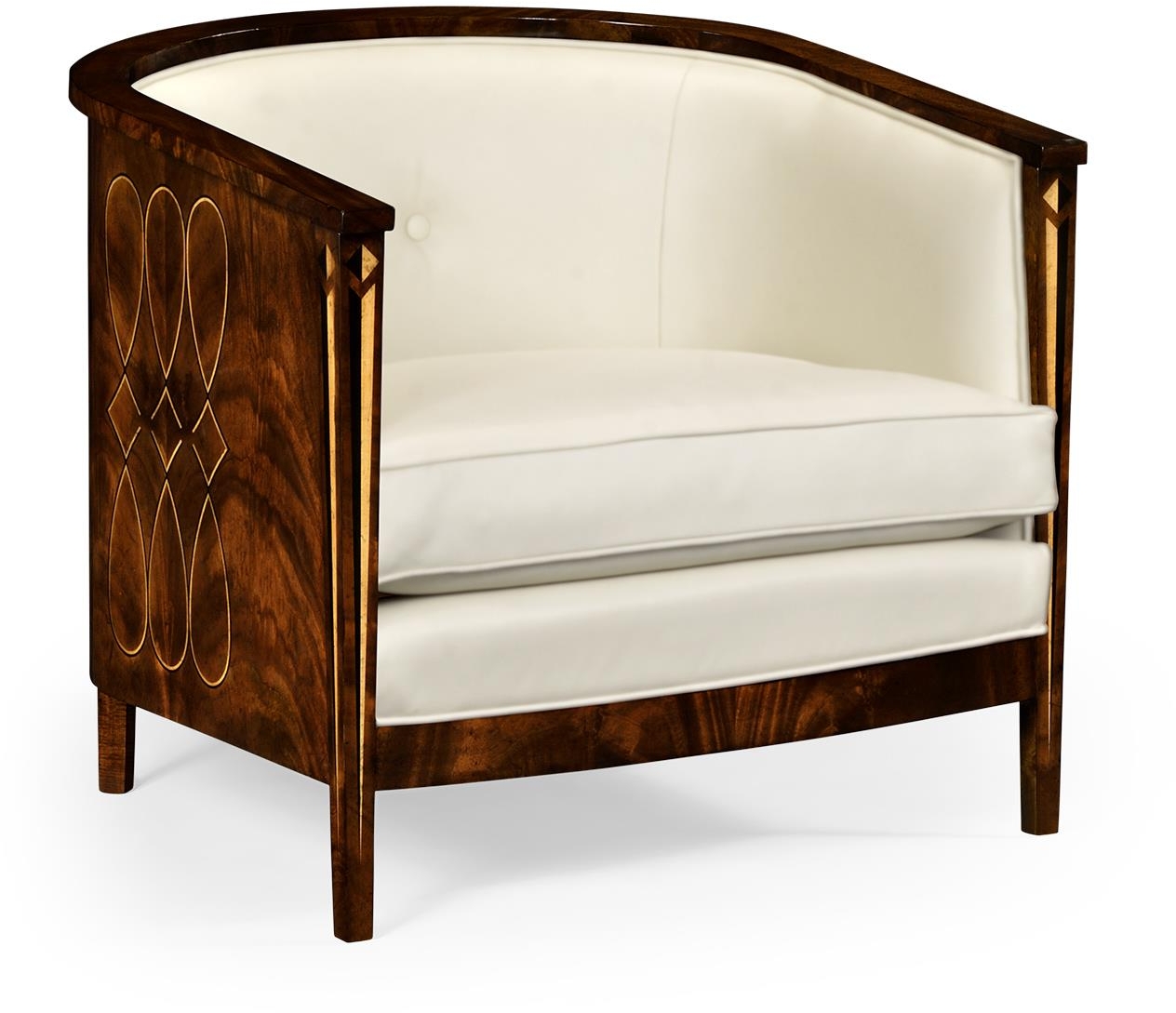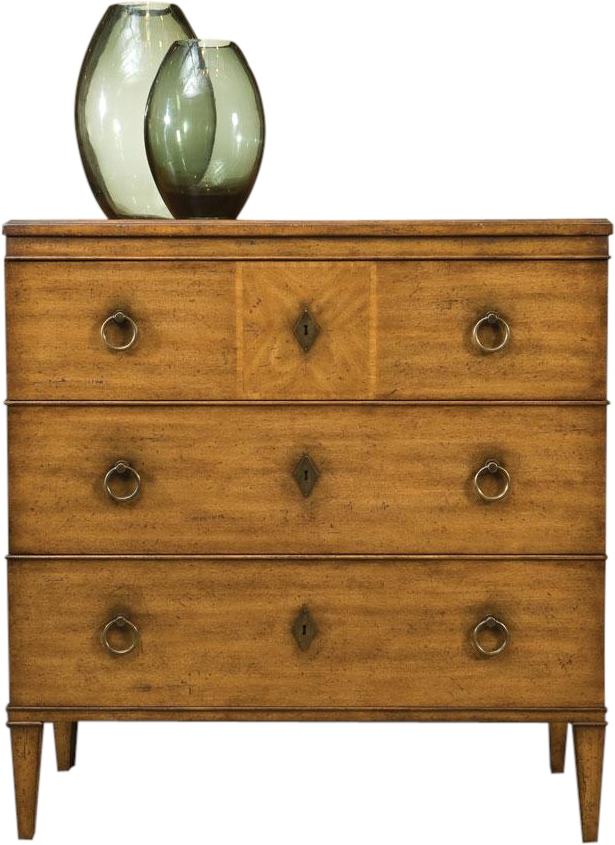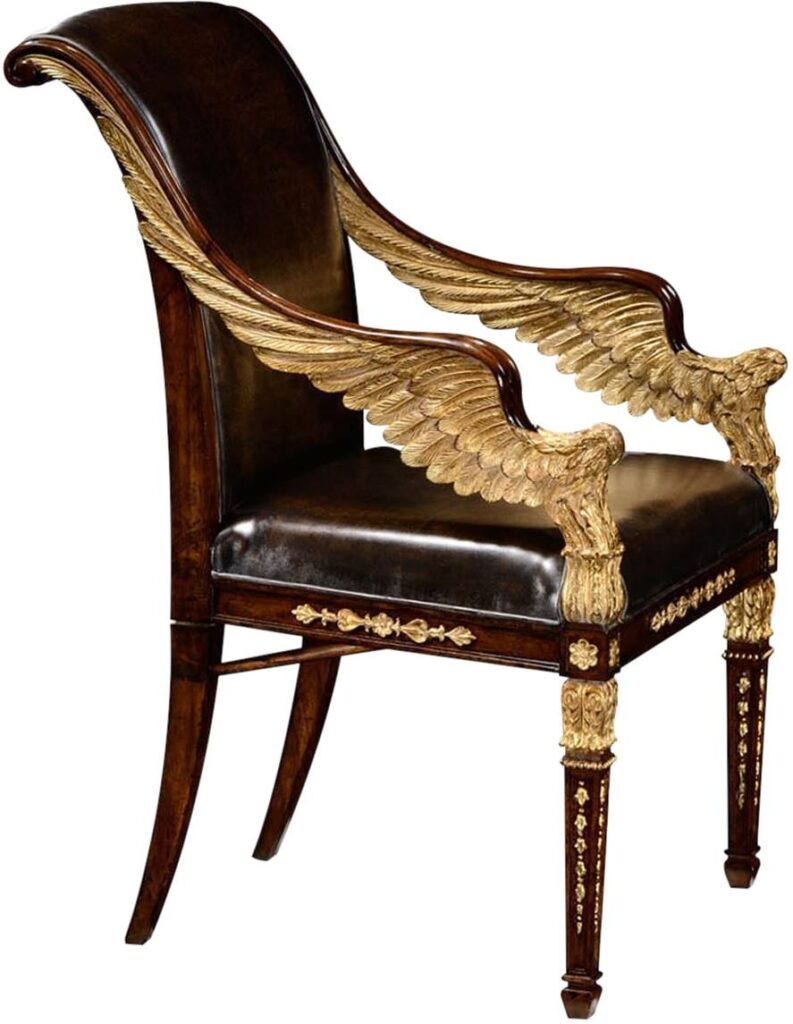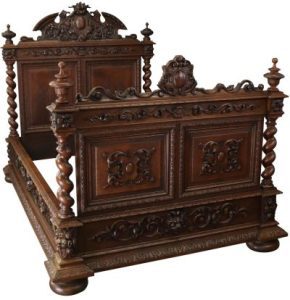Mini Cart
EuroLux Home
Exploring Antique Furniture and Home Decorating Ideas

Biedermeier Furniture: Characteristics, Design and Style
In this article, we dive into Biedermeier furniture's history, exploring its unique features and characteristics. We'll also look at what makes Biedermeier design stand out and offer tips for bringing Biedermeier-style pieces into your home.
Originating in the early 1800s, Biedermeier furniture boasts a timeless elegance that continues to enchant homeowners, collectors, and designers. Its classic charm, streamlined lines, and understated decorations make this style enduringly popular.
History of Biedermeier Furniture
The Biedermeier style lasted from around 1815 to 1848, during a time of peace and prosperity in German-speaking Europe. The name comes from "Gottlieb Biedermaier," a fictional character who was a caricature of a conservative, simple-minded German bourgeois. Ludwig Eichrodt, a German writer and journalist, created this character.
As the German middle class grew, they started investing more in home design. Before this time, only wealthy nobles could afford high-quality furniture. These nobles had a preference for luxurious, regal styles like French Empire and Napoleon II.
This new movement reacted against the French Empire's extravagance and the Napoleonic era's complexities. It combined luxury ornamentation with a working-class charm for a simpler, more straightforward approach.
With typical German efficiency, they created practical and attractive furniture, giving birth to the Biedermeier style. This furniture features simplicity, understated elegance, and practicality.
Biedermeier furniture became popular not only in Germany but also in Scandinavian countries like Denmark and Sweden. Austrian and Swedish artisans helped the style flourish, increasing its popularity even more.
Biedermeier Furniture Characteristics
Quality materials: Biedermeier furniture uses woods like walnut, cherry, birch, and fruitwood. Mahogany was expensive at the time, so artisans chose accessible veneers and inlays of mahogany, rosewood, and birdseye maple for decorative patterns and contrasts.
These woods give the furniture a unique look, offering practicality and function while keeping a sense of luxury and refinement.
Simple, elegant design: Biedermeier design showcases clean lines, geometric shapes, balanced proportions, and subtle curves. It keeps ornamentation simple, elegant, and minimal, focusing on the wood's beauty and craftsmanship.

Geometric shapes: Round or oval tabletops and cylindrical or rectangular legs are common in this style, adding harmony and balance to the overall design.
Minimal ornamentation: Unlike the elaborate Baroque and Rococo styles, Biedermeier design has minimal decoration. Decorative elements usually include simple inlays, banding, or brass accents.
Symmetry: Biedermeier design highlights balance, often arranging drawers, doors, or other elements symmetrically. Matching pairs of chairs and tables are standard, and each piece features simple, elegant beauty.
Artisans crafting these pieces show an understated aesthetic touch. The style reflects a middle-class mentality through top-notch carpentry, impressing with its quality. Biedermeier secretary desks, side tables, or dining tables are sturdy and reliable.
Functionality: Biedermeier furniture is often compact and versatile, perfect for smaller living spaces. A secretary desk with a fold-out writing surface and storage drawers underneath is a great example.
Seating typically has upholstered cushions in luxurious fabrics like silk or velvet, using solid colors or simple patterns to match the design's simplicity. Dining chairs and sofas have quality upholstery and curved backs and arms for extra comfort while entertaining and relaxing.
Light finishes: Biedermeier furniture often features light, warm tones that bring out the wood's natural beauty. These lighter finishes contrast with the dark, heavy finishes popular in the previous period. Typically, darker woods are only used for inlays and accents to create harmony and balance, allowing furniture blend into its surroundings.
Craftsmanship of Biedermeier Furniture
Artisans and cabinetmakers skillfully create each furniture piece using dovetail and mortise-and-tenon joints. This focus on quality makes the furniture both sturdy and refined.

Adding Biedermeier Style Furniture to Your Home
Biedermeier furniture, with its timeless design and elegant simplicity, can beautifully enhance any home. Use these tips to incorporate this style into your decor:
Choose versatile pieces: Biedermeier furniture often serves multiple purposes, making it great for small living spaces. Look for secretary desks or convertible tables to maximize functionality.
Prioritize quality: Invest in well-made furniture from premium materials to ensure lasting beauty and durability.
Upholstery considerations: Seating usually has luxurious upholstery in rich fabrics like silk or velvet. Choose solid colors or simple patterns that match the minimalist design of the furniture.
Mix and match: Be bold and combine Biedermeier pieces with contemporary furniture for a diverse look. The clean lines and minimal ornamentation of Biedermeier style fit well with modern aesthetics.
Use color strategically: Pops of color in artwork, textiles, or accessories create a dynamic contrast with Biedermeier's muted, neutral palette.
Embrace open spaces: Biedermeier style works well in open-concept living spaces, where its simplicity and functionality can truly stand out.
Incorporate geometric shapes: Biedermeier design often has geometric shapes like round or oval tabletops and cylindrical legs. Pair these pieces with modern furnishings featuring geometric forms for a harmonious blend of styles.
In Conclusion
Biedermeier furniture is not only stunning but also holds historical importance. It showcases the practical yet appealing approach of the growing middle class in German-speaking Europe during the mid-1800s.
In conclusion, this versatile and timeless style remains popular among homeowners and interior designers. The expert artisans' attention to detail and use of top-quality materials make each Biedermeier furniture piece strong and refined. This style will impress and bring a touch of luxury to any home.
If you're looking to bring this style to your home, check out our selection here!




